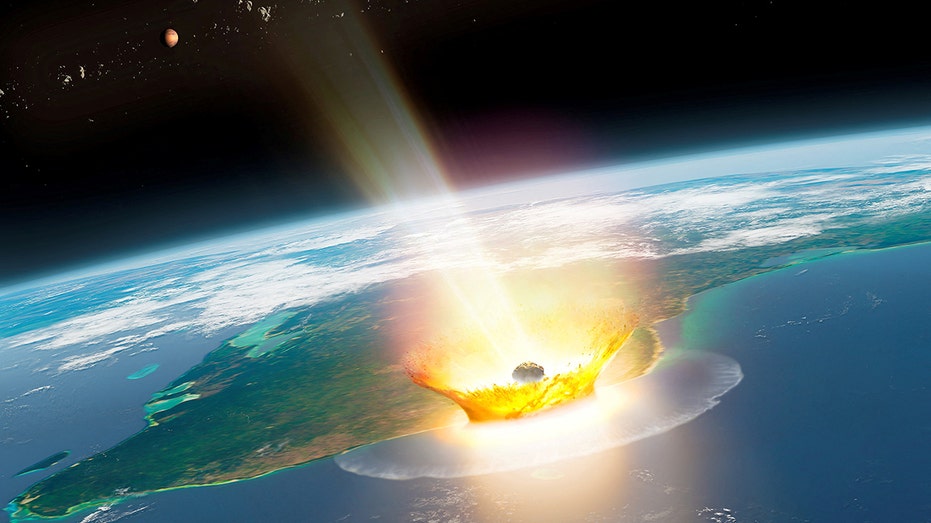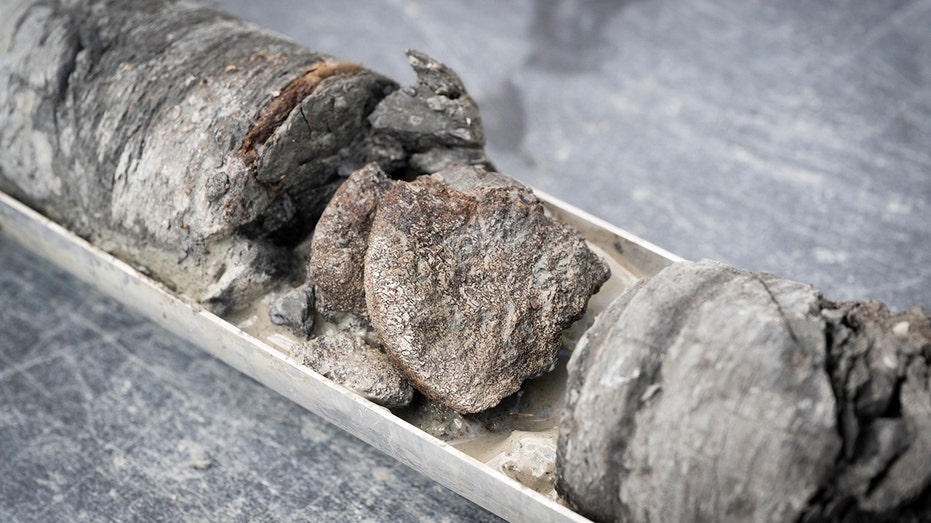Scientists Say X-Rays from Nuclear Explosion May Deflect Asteroids from Earth

Sarah Johnson
March 3, 2025
Brief
Scientists in New Mexico propose using X-rays from nuclear blasts to safely deflect hazardous asteroids, minimizing fragmentation and enhancing Earth's planetary defense strategies against near-Earth objects.
Scientists in Albuquerque, New Mexico, have unveiled a novel approach to planetary defense: using X-rays from a nuclear explosion to nudge potentially hazardous asteroids off their Earth-bound trajectories. The method involves detonating the warhead at a safe distance—more than a mile from the asteroid’s surface—so the X-rays can redirect the space rock without blasting it into dangerous fragments.
While Hollywood has long favored the "blow-it-to-bits" approach in movies like Armageddon and Deep Impact, researchers argue that shattering an asteroid into smaller pieces creates a celestial shotgun effect—hardly ideal when the stakes include the planet's safety.
The urgency for solutions like this isn’t just sci-fi fodder. Last year, the National Academy of Sciences declared planetary defense a national priority. NASA’s ongoing sky survey has identified roughly 25,000 near-Earth objects large enough to cause significant damage, though only about one-third of these have been tracked. Some of these cosmic threats, hidden by the sun’s glare, are essentially stealth rocks hurtling through space.
The impact of asteroids is no joke. In 2013, a relatively small one wreaked havoc in Russia, and scientists believe a much larger asteroid wiped out the dinosaurs. Nathan Moore, a physicist at Sandia National Laboratories, explained, "To most people, the danger from asteroids seems remote, but our planet is hit by BB-sized asteroids every day. We call them shooting stars. We don’t want to wait for a large asteroid to show up and then scramble for the right method to deflect it."
To test their theory, Moore and his team conducted experiments using Sandia's Z machine, the most powerful pulsed-power device on Earth. Their research simulated asteroid deflection with synthetic models, employing a technique called X-ray scissors to negate the effects of gravity and friction for brief moments. This allowed them to mimic the conditions of an asteroid floating freely in space.
Using silica models suspended by ultra-thin foil, the team created a free-floating setup. When the Z machine fired, the foil vaporized, leaving the mock asteroid to drift momentarily in a vacuum. An X-ray burst then hit the model, demonstrating how a nuclear explosion could redirect an object without splintering it into deadly fragments.
"The trick is to use just enough force to redirect the flying rock without splitting it into several equally deadly subsections advancing toward Earth," Moore explained. The strategy echoes the recent NASA DART mission, which successfully altered the trajectory of a real asteroid through direct impact.
The announcement comes shortly after NASA monitored a "potentially hazardous" asteroid, named 2024 ON, that passed within 621,000 miles of Earth. While that's considered close by cosmic standards, experts confirmed there was no risk of collision. In fact, an asteroid of that size—measuring roughly 1,150 feet long—comes this close only once every five to ten years.
Still, with thousands of near-Earth objects posing potential threats, and many remaining undetected, the need for proactive measures like this nuclear X-ray concept feels more urgent than ever. Let’s face it: no one wants to be caught off guard by a dinosaur-ending sequel.
Topics
Editor's Comments
It’s fascinating—and a little terrifying—to think about how much cosmic debris is out there, just waiting to cause chaos. While this nuclear X-ray idea is undoubtedly clever, part of me wonders if we should be focusing just as much energy on tracking these stealthy space rocks in the first place. After all, a solution is only good if you see the problem coming in time.
Like this article? Share it with your friends!
If you find this article interesting, feel free to share it with your friends!
Thank you for your support! Sharing is the greatest encouragement for us.



